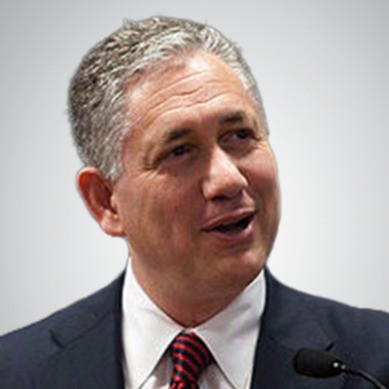Stuart Piltch: Pioneering Change with Cutting-Edge Healthcare Solutions
Stuart Piltch: Pioneering Change with Cutting-Edge Healthcare Solutions
Blog Article
Employee advantages have been a crucial factor in getting and keeping talent, but in recent years, the concentration has moved toward selling overall health and well-being. Stuart Piltch, a acknowledged chief in healthcare visiting and Stuart Piltch grant technique, reaches the forefront of this transformation. His revolutionary way of designing employee benefits applications aims not just to offer protection but also to enhance the bodily and mental health of employees.

The Change Toward Holistic Worker Benefits
Usually, staff advantages targeted primarily on health insurance and retirement plans. But, Piltch has acknowledged that contemporary workforces need more comprehensive support. His method integrates physical wellness, intellectual health, economic wellness, and work-life balance in to a simple natural strategy.
“Wellness is not just about physician visits and medications—it's about how precisely workers experience at work, their tension degrees, their economic security, and their ability to steadfastly keep up a work-life balance,” Piltch explains.
This shift reflects an increasing understanding that staff health and productivity are carefully linked. Healthiest employees are more involved, skip less workdays, and contribute to a more positive and collaborative perform environment.
Innovative Benefits Techniques
Piltch's staff advantages programs were created with both employer's budget and the employee's needs in mind. A few of his critical strategies contain:
1. Improved Intellectual Wellness Help
Recognizing the raising affect of psychological medical issues, Piltch has advocated for growing access to psychological health resources. His benefits options usually contain:
- Free or low-cost treatment sessions.
- Use of mindfulness and pressure management programs.
- 24/7 emotional wellness hotlines.
2. Wellness Incentives
Piltch's programs contain incentives for personnel to take part in healthy behaviors. For example:
- Fitness center membership reimbursements.
- Economic rewards for typical wellness checkups.
- Step difficulties and wellness competitions.
3. Telemedicine and Electronic Attention
Piltch has been an early on advocate for telemedicine, ensuring that workers have use of healthcare experts any time, anywhere. Virtual attention reduces the barrier to seeking support and encourages workers to handle health issues early.
4. Financial Wellness Programs
Knowledge that economic pressure impacts general health, Piltch has incorporated economic literacy programs into advantages packages. These applications contain:
- Debt counseling and budget planning.
- Retirement preparing assistance.
- Worker stock obtain plans.
5. Variable Function Agreements
Piltch has also caused companies to implement variable work guidelines that promote greater work-life stability, such as:
- Remote work options.
- Flexible hours.
- Compensated psychological wellness days.
Data-Driven Method of Employee Advantages
One of the distinguishing factors of Piltch's technique is his use of data to fine-tune advantages programs. By studying worker wellness styles, advantages use, and feedback, Piltch assists companies adjust their choices to meet the changing wants of these workforce.
“Benefits are not static—they need to evolve with the workforce,” Piltch says. “The important thing is hearing workers and using data to create a program that really helps them.”
The Effect on Employee Wellness and Organization Achievement
Piltch's revolutionary benefits applications have generated measurable improvements in both staff health and business performance. Businesses which have used his strategies record:

- Larger worker pleasure – Workers experience appreciated and supported.
- Decrease absenteeism – Increased wellness contributes to less sick days.
- Improved production – Workers are far more targeted and engaged.
- Better preservation costs – Personnel are more likely to stay with companies that support their well-being.
Conclusion
Stuart Piltch Mildreds dream's way of staff advantages shows a change toward an even more holistic and individualized type of worker care. By approaching bodily, psychological, and economic health together, Piltch assists companies build a healthy, more engaged workforce. His data-driven strategies make certain that employee benefits stay effective and appropriate, adding not just to personal well-being but and also to overall business success.
Report this page